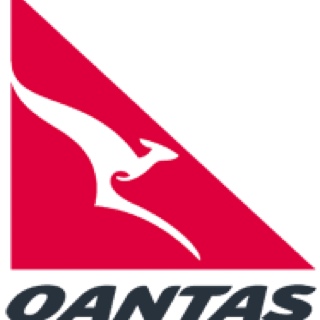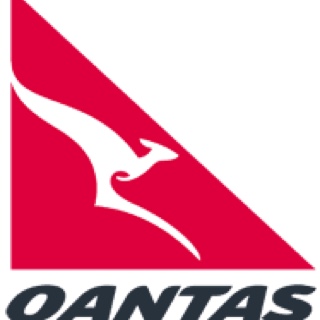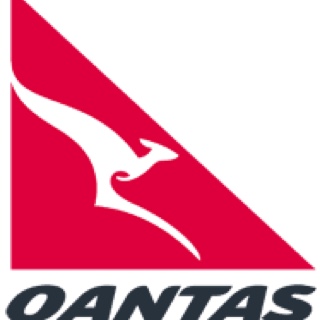Information
-
Audit Number
-
Audit Title
-
Department
- ADL
- ASP
- BNE
- CBR
- CGK
- CNS
- DFW
- DXB
- HBA
- HNL
- KTA
- LAX
- LHR
- LST
- MEL
- NOU
- NRT
- PER
- SCL
- SYD
- TSV
-
Conducted on
-
Auditor/s
- Alex Levoshko
- Arnold Snape
- Brian Ward
- Cameron Kirby
- Chris Dullard
- Colin Hester
- Daniel Gaffney
- David Mangan
- David Rowley
- Derek Smith
- Mark Hall
- Sandro Di Matteo
- Stephen Burton
- Steven Higgs
- Stewart Hitchen
-
Regulator/s
- CASA
- FAA
-
Rating
- A1 - Large Aircraft - Aeroplanes
-
AUDITORS NOTE: The checklist comments must contain sufficient information so that anyone reading it will clearly understand why the question received a compliant or non-compliant answer.
Previous Surveillance
-
1. Review previous surveilance. Print copy of previous surveillance and check corrective actions of previous findings have been effective.
Personnel
-
2. Sample 3 personnel for qualifications and continuous training, Q&S Bulletins, Maintenance Memos, etc are up to date
-
3. Are Specialist Maintenance Certifiers available on station? What tasks do they perform?
Self Audits
-
4. Check internal Audit Program. What is the frequency. View last 2 Audits and check for finding close offs.
Transit
-
5. Observe 1 Arrival & 1 Departure. Record the Aircraft Rego, Flight number, Bay/Gate, time.
-
6. Check arrival engineer indicates to ground support employees all clear only when nose wheel choked, engines shut down (but still rotating), anti collision light switched off.
-
7. Engineer positioned at emergency stop location
-
8. Departure engineer signals to pilot after nose wheel lock pin removed.
Check Sheets, Tech Logs, Mxi
-
9. Checksheets being carried by the Engineer during Check 1/2
-
10. Check tech logs for certification, reference data, and all required fields populated.
-
11. Observe MXi process for Tech log entry
Shift Handover
-
12. Does the shift handover contain Crew/manpower availability, sick, absent or injured Employees, Aircraft delays, AOG parts, Outstanding significant tasks, General shift handover and current status
Technical Publications
-
13. Sample a number of Hard copy manuals against current RSA revision status
-
14. Sample a number of pre printed QF forms at current revision status as per QEPM
-
15. Is printed documentation being controlled IAW QEPM 7-4-1-030
-
16. Review a Local area procedure to ensure it does not contradict the PART 145 MOE or QEPM
-
17. Is there an awareness of the MOE by station employees
Facilities
-
18. Check Office/hut areas for - cleanliness & tidiness, security, access, space, safety, facilities to study maintenance instructions and complete transit/maintenance records.
-
19. Are adequate facilities available for parts requiring special handling, i.e. pressure cylinders, ESDS parts, oxygen components, avionic components, composite components, hazarddous materials, flammable goods, etc?
-
20. Check housekeeping and cleanliness of facilities, tools and equipment.
-
21. General observation of all tarmac areas for disposed items such as rags paper screws, nut, bolts, etc.
-
22. Does the MOE 1.8 show the correct approval for planned work and aircraft types?
Tooling & Equipment
-
23. Inspect general ramp equipment, aircraft tow bars/shear pins, jacks, cargo & passenger handling equip, container loaders, belt loaders, high lift units maintained and within service dates
-
24. Check Potable Water & Toilet servicing trucks, Nitrogen & Oxygen servicing units & general ground support equipment are maintained and within service dates.
-
25. Sample calibrated tooling is stored sympathetically to ensure protection form damage.
-
26. Check calibrated tooling is within their next calibration due date period.
-
27. Aircraft fluid replenishment equipment, control, maintenance, condition and fluid identification.
Stores & Toolcribs
-
28. Sample shelf life control of parts and consumables
-
29. Check flammable products stored appropriately i.e. within flammable cabinets or areas.
-
30. Segregation of incoming, unserviceable and serviceable parts. Segregation of any commercial items. Check segregation of Qantas parts from other operators.
-
31. Storage of aircraft wheels, bearing covers fitted, wheels stored correctly i.e on their side. Storage pressure.
-
32. Check Tool kits conform to QEPM 5-3-2-070, Diagram or photo of contents, Contents list, Suitable storage container
-
33. Check Rig & Lock Pins conforn to QEPM 5-3-2-036. Red flag is unrolled and in good condition, pin registered in eTMS, pins issued through tool to task
-
34. Sample issue of tooling.Tool registered to aircraftin eTMS, Tool within calibration
-
35. End of shift eTMS tooling clearance check carried out
Personal Tool Control
-
36. Check LAMEs / AMEs have a 'Personal Toolkit Inventory Form' listing all personal tools and current form in use.
-
37. Part 'B'checklist for periodic checks carried out. (3 monthly for Line Maintenance)
-
38. Check tool bags or toolboxes required to carry tools on or around an aircraft are a high visibility type, with the owners details clearly marked on the tool bag, or toolbox. The use of inappropriate tool bags such as airline amenity kits is not permitted.
Ready Issue
-
39. Check ready issue areas to ensure: adequately segregated, protected against deterioration, contamination and damage.
-
40. Check items are appropriately identified with part number, GRN, batch or Inspection Reference (IR) Number,
-
41. Each container shall be clearly marked with the part number, Each container shall be capable of retaining the item in its normal storage condition, no possibility of mixing of items in adjacent containers by such means as passing under dividers
Safety Management System
-
42. Is the QE Aviation Safety and Quality Policy available and on display
-
43. Is safety promoted adequately at the station? Are safety posters displayed?
-
44. Are all employees Fatigue Management trained? Is Form 21249 Authorisation for Duty Extension/Rest Period Reduction, in use?
-
45. Can employees locate the Part 145 MOE in the Intranet
Record List of Findings
-
46. Record AQD Findings for non compliances/observations and record numbers against the checklist item.
-
Quality & Safety 145 Line Station Surveillance Checklist (Rev 1/Mar14)









